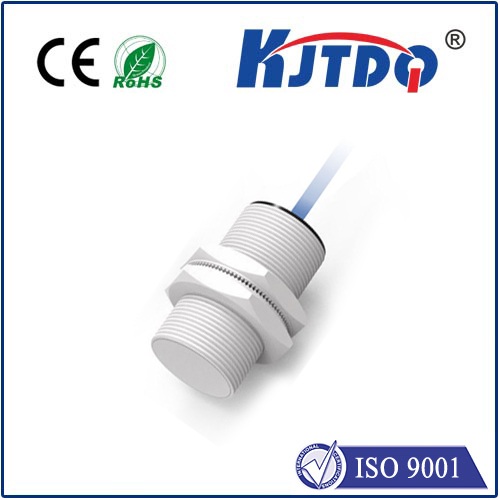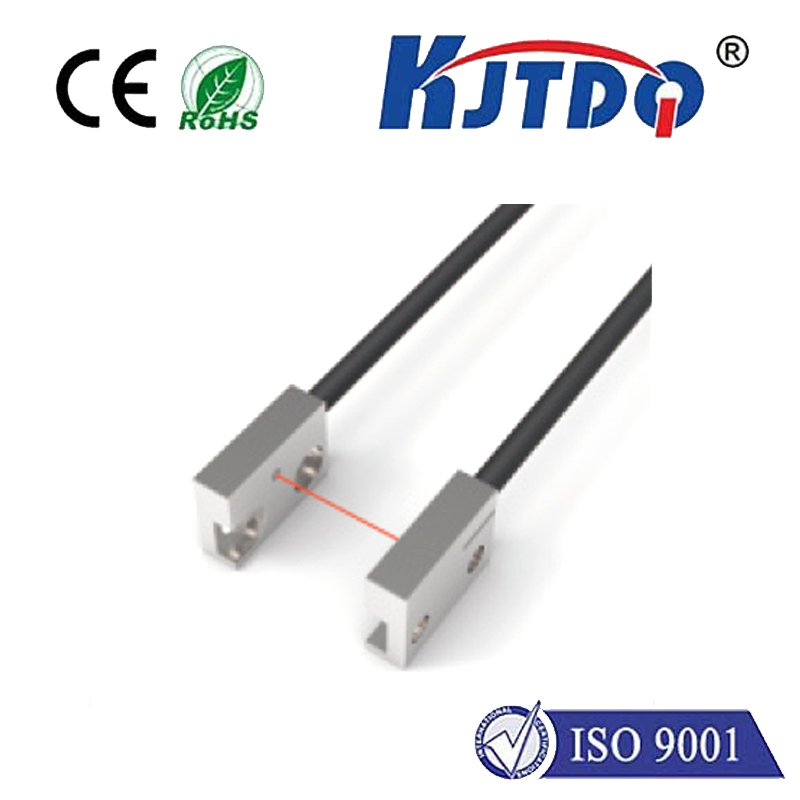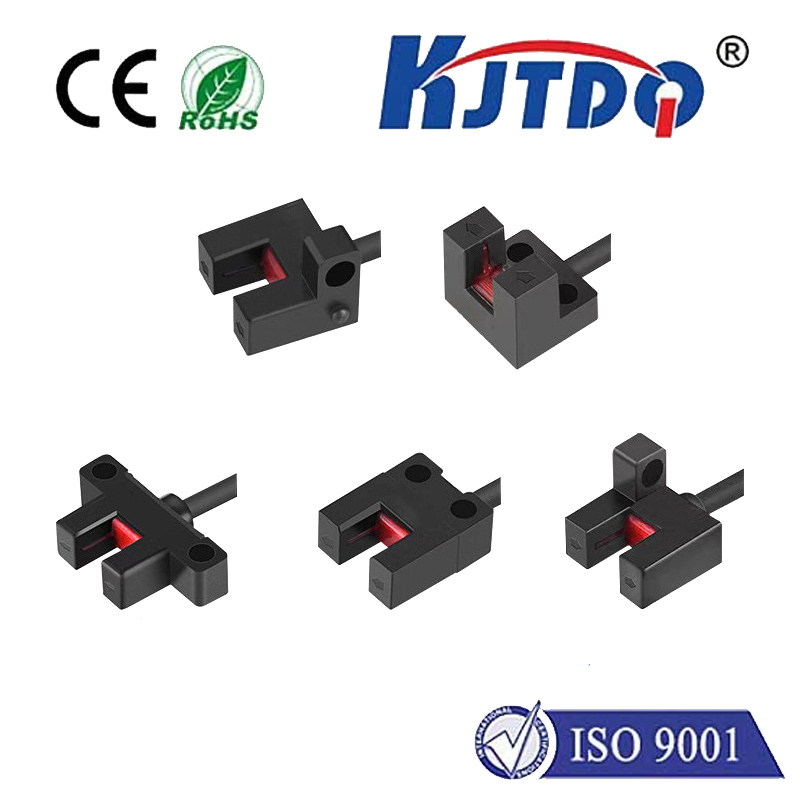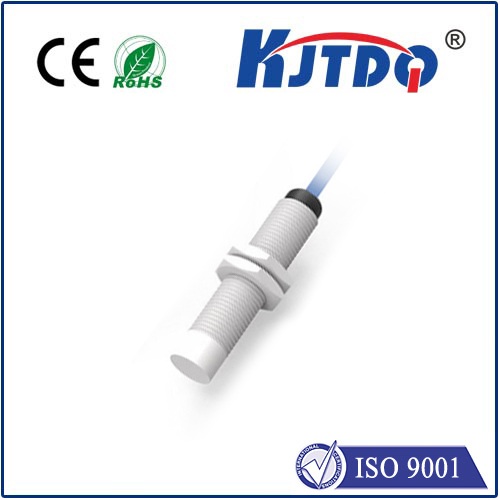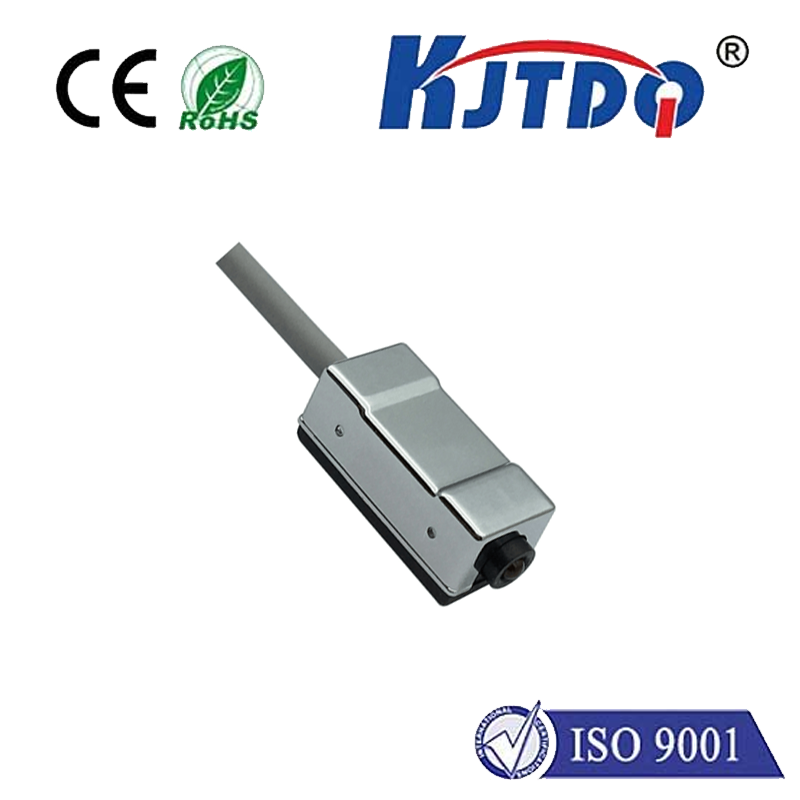linear motion sensor
- time:2025-06-14 02:24:49
- Click:0
Linear Motion Sensors: Precision Measurement for Automated Systems
For countless industrial applications, robotics, and cutting-edge research, knowing exactly how far something has moved in a straight line is paramount. This fundamental need is the domain of linear motion sensors, the unsung heroes enabling precision, control, and feedback in automation. These crucial devices translate physical displacement into reliable electrical signals, forming the backbone of everything from high-speed assembly lines to delicate scientific instruments.
Understanding the Core Function
At its essence, a linear position sensor or linear displacement sensor measures the distance an object travels along a single, straight axis. Unlike rotation sensors that measure angular movement, these focus purely on linear travel. The output is typically an analog voltage or current signal, a digital pulse train, or a direct bus communication value (like CANopen or IO-Link), all proportionally representing the measured position. This real-time data is fed directly into control systems, enabling precise positioning, velocity calculation, vibration monitoring, and closed-loop feedback control.
Key Technologies Powering Linear Sensing

Various technologies underpin modern linear motion sensors, each with distinct strengths suited to different environments and requirements:
- Potentiometric Sensors: The simplest form. A wiper slides along a resistive element. Voltage output changes linearly with the wiper’s position. Offer good resolution and cost-effectiveness but are susceptible to wear over time due to physical contact, limiting lifespan in high-duty cycles.
- Linear Variable Differential Transformers (LVDTs): A robust, contactless technology using electromagnetic induction. An AC-powered primary coil induces voltages in two secondary coils. A movable ferromagnetic core alters this coupling. The difference between the secondary voltages provides a precise, absolute position reading. Highly reliable, offering excellent resolution and accuracy, and immune to wear. Often used in demanding environments like aerospace and hydraulics.
- Magnetostrictive Sensors: Utilize the interaction between a magnetic field and ferromagnetic waveguides. A position magnet moves along a waveguide tube. An electrical pulse sent down the tube creates a torsional strain wave where it intersects the magnet’s field. The time delay between the launch pulse and the returned strain wave measures position accurately. Provide non-contact, absolute position over long strokes with high accuracy and robustness.
- Inductive Sensors (Eddy Current): Measure displacement by detecting changes in eddy currents induced in a target material. Offer non-contact operation, good resolution, and tolerance to environmental contaminants like oil or dust, suitable for harsh industrial settings.
- Optical Encoders: Employ a scale (marked with lines or a pattern) and a readhead containing a light source and photodetectors. Movement causes light modulation, converted into digital pulses (incremental) or a unique position code (absolute). Deliver exceptional resolution and speed capabilities but can be sensitive to contamination and require precise mounting.
- Capacitive Sensors: Measure changes in capacitance between a probe and a target. Known for high resolution and non-contact operation, but performance is highly dependent on the target material and environmental conditions (humidity, temperature).
- Ultrasonic Sensors: Use sound waves to measure distance to a target. Versatile and non-contact but generally offer lower resolution and accuracy compared to other technologies and can be affected by temperature and air turbulence.
Where Precision Linear Measurement Matters
The applications for linear motion transducers are vast and critical:
- Industrial Automation: Precise positioning of robotic arms, CNC machine tool axes, pick-and-place systems, and press control. Monitoring cylinder stroke and valve position in hydraulics and pneumatics.
- Factory Automation: Quality control inspections, material handling systems, conveyor control, and automated assembly lines.
- Test & Measurement: Material testing machines (stress/strain analysis), vibration analysis platforms, scientific equipment positioning, and calibration benches.
- Automotive: Suspension travel measurement, transmission gear position sensing, brake pedal position, and testing rigs.
- Aerospace & Defense: Flight control surface position, landing gear extension/retraction, actuator feedback, and structural testing.
- Renewable Energy: Monitoring blade pitch angle in wind turbines and actuator positions in solar tracking systems.
- Medical Devices: Patient positioning systems, robotic surgery tools, and diagnostic equipment requiring precise linear movement.
Selecting the Right Linear Motion Sensor
Choosing the optimal sensor requires careful consideration of several factors:
- Measurement Range (Stroke Length): How far must the sensor measure?
- Accuracy & Resolution: What level of precision is essential? Is repeatability or absolute precision more critical?
- Environment: Exposure to temperature extremes, moisture, dust, oil, chemicals, or shock/vibration? IP rating requirements?
- Output Signal: Analog (voltage, current), digital (incremental quadrature, absolute serial like SSI), or fieldbus (CAN, IO-Link, Profinet)? Compatibility with the control system is crucial.
- Speed: Maximum velocity and acceleration the sensor must track?
- Mounting Constraints: Physical space limitations, alignment requirements?
- Contact vs. Non-Contact: Does the application allow physical contact, or is non-contact essential for wear-free operation?
- Power Supply: Voltage requirements?
- Cost: Balancing performance requirements with budget.
For instance, a hydraulic cylinder in a dirty foundry might benefit from a robust magnetostrictive sensor offering non-contact operation and resistance to contamination. Conversely, a high-precision CNC grinding machine will likely require the unparalleled resolution of an optical linear encoder, provided it’s protected from coolant ingress.
The Engine of Modern Control
Linear motion sensors, in all their technological forms, are fundamental enablers of modern automation and precision engineering. By providing reliable, real-time feedback on position and movement along a straight line, they empower control systems to achieve levels of accuracy, efficiency, and repeatability that were once unimaginable. Understanding the different technologies and their application nuances is key to selecting the right sensor and unlocking the full potential of any system that moves in a straight line.












